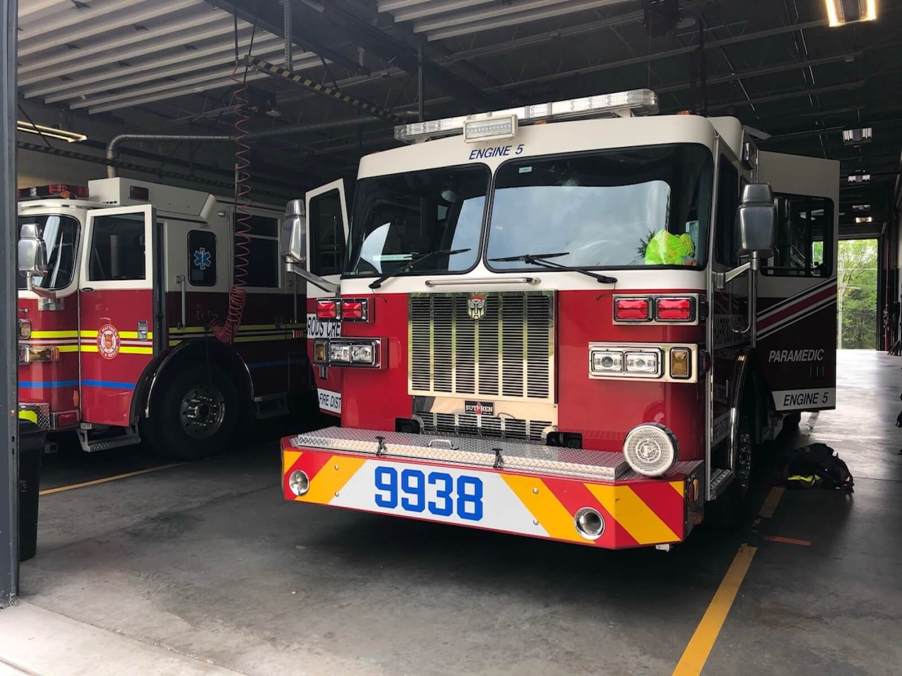
Why Are Fire Trucks So Big?
Lights and sirens. You likely hear them often. But they could alert you to the presence of anything from a sensibly sized police cruiser to a hulking fire truck responding to an emergency call. However, a fire apparatus passing you with its lights and sirens is enough to make you slink into your seat, especially if you weren’t prepared. So, just why are fire trucks so big?
Fire trucks range from big to massive, depending on the role
Fire truck is a term many use interchangeably with fire apparatus, meaning any platform firefighters use to handle specific emergencies. However, an apparatus can be anything from an engine to a hazardous materials (HAZMAT) truck to a quint or aerial ladder truck. Spoiler alert: they’re all big. But firefighters are expected to show up and solve problems with a multitude of tools, hence the massive apparatuses.
Regarding a firefighter’s bread-and-butter, an engine carries tool compartments around a water reservoir and pump. The latter is vitally important to putting out small or difficult-to-access fires without the necessity of hooking up a supply line to a water source like a hydrant.
These water tanks can be as big as 1,500 gallons– no small implement to transport. Moreover, the water pumps on engines and quints take up additional space. However, the sheer diversity of life-saving tools aboard a fire truck is reason enough for the big footprint.

For instance, my assigned fire engine, then-Engine 9926, carried much more than water and lengths of hoses. No, we also carried hydraulic rescue tools, water cans, ventilation fans, chainsaws, and medical equipment, among other things. We also had extra oxygen bottles for self-contained breathing apparatuses (SCBAs), the devices firefighters use to breathe at emergency scenes.
Some larger fire apparatus models, beyond engines, must support a ladder system. This extendable ladder system, also known as an “aerial,” can allow firefighters to get on top of structures to perform everything from vertical ventilation (cutting pathways for heat and smoke) to rescuing people from dire circumstances. However, these aerials can be over 100 feet long when fully extended.



